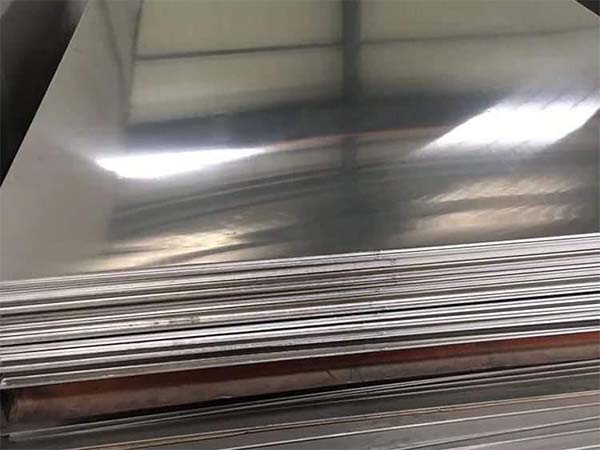A36 hot-rolled steel is a carbon structural steel based on the ASTM A36/A36M standards of the United States, which is made into plates, sections or bars through high-temperature rolling processes. It usually has high strength, is easy to process and has excellent welding performance, and is widely used in construction, mechanical manufacturing and infrastructure construction and other fields.
Chemical composition content and functions
Carbon: The content range is ≤0.25%, which plays a role in balancing strength and toughness. The higher the carbon content, the higher the strength of the steel, but the toughness of the steel decreases. The lower the carbon content, the lower the strength of the steel, but its toughness and weldability are better.
Manganese: The content range is 0.80-1.20%, which can enhance the strength and fatigue resistance of steel.
Silicon: Content range ≤0.40%, used as a deoxidizer to improve the workability of steel.
Phosphorus: The content range is ≤0.04%, and its main function is to control impurities and prevent embrittlement of steel.
Sulfur: Content range ≤0.05%, reducing the risk of hot brittleness in steel.

Core mechanical properties
Yield strength: ≥235 MPa (thickness ≤16mm)
Tensile strength: 400-550 MPa;
Elongation (200mm) : ≥20%
Impact toughness: ≥27J (applicable to -20℃ environment).
What is the process of A36 hot rolled steel like?
Heating: Heat the steel billet to 1100-1200℃ (austenitizing temperature);
Hot rolling: After multiple passes of rolling to the target thickness (natural cooling, no phase transformation strengthening);
Finishing: Shot peening is used to remove the surface oxide scale, followed by straightening to ensure its flatness.
The delivery status is optional
Hot-rolled state (HR) : Surface gray-black oxide layer, the lowest cost (mainstream delivery form);
Controlled rolling state (TMCP) : Optimize grain size and enhance low-temperature toughness;
Normalizing treatment (N) : Eliminates internal stress and improves mechanical properties.
What are the implementation standards and replaceable standards?
A36 hot rolled steel adopts the American standard ASTM A36/A36M, covering mechanical properties, chemical composition and testing specifications.
Replaceable standard: Chinese GB standard: Q235B (with similar mechanical properties); Japanese JIS standard: SS400 (with slight differences in composition); European EN standard: S235JR/S275JR (yield strength matching).
Main application fields
Architecture and bridge engineering: Commonly used as beams and columns of steel structure frames, bridge support trusses, etc.
Mechanical manufacturing: Construction machinery bases (such as excavator booms, thick plates ≥25mm), mining equipment shells, conveyor supports.
Energy sector: Wind power tower flanges, oil storage tank wall panels (surface galvanized for anti-corrosion), etc.
What surface treatment and anti-corrosion technologies are there?
Rust prevention plan
Hot-dip galvanizing (GI) : Zinc coating ≥80μm, service life ≥20 years (suitable for outdoor facilities);
Sandblasting + coating: epoxy primer + polyurethane topcoat (for chemical environments).
Special Requirements processing
Weather resistance upgrade: Composite coating (galvanizing + powder coating) is suitable for salt spray environments.
Wear-resistant requirement: Surface surfacing with a wear-resistant alloy layer (for mining machine liners).
Read more : What is the meaning of A36 plates
